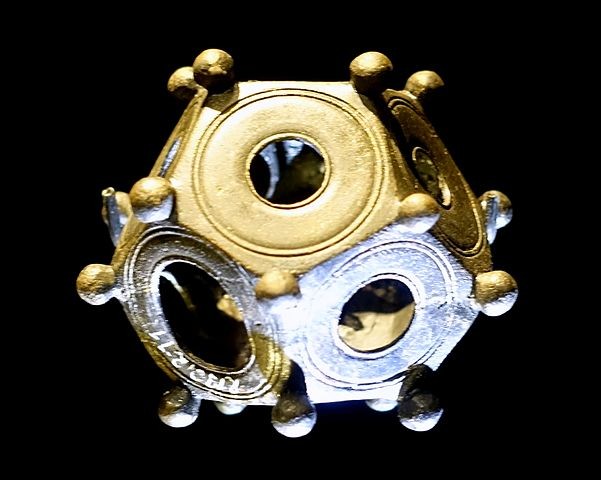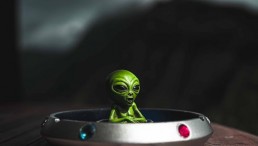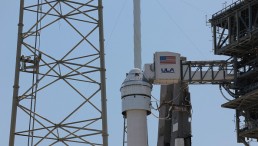
(Photo: Wikimedia Commons/Daderot)
Archaeologists found a strange object in the small village of Norton Disney, just outside of Lincolnshire. The item left them scratching their heads as the researchers couldn't figure out its purpose.
Strange 12-Sided Roman Object Found in Lincolnshire
The relic was discovered by volunteers working with the Norton Disney History and Archaeological Group in the summer of 2023. It was featured in BBC's "Digging for Britain."
"It has to be one of the greatest, most mysterious archaeological objects I've ever had the opportunity to look at up close," Professor Alison Roberts said.
At 3 inches (8 cm) tall and 245 grams in weight, this mysterious copper object is one of 33 dodecahedrons discovered in the UK and is among the largest ever found. Though hypotheses range from an intricate die to a crocheting instrument, the object's true purpose might have been forgotten with time.
Experts speculate that the enigmatic artifact may have originated as early as the 1st century AD, during the Roman conquest. The hollow metal object has a hole of varying size on each side, and a spherical ball is fastened to each corner. These peculiar qualities have sparked many peculiar theories about the true purpose of these strange artifacts.
Roman religious rituals may have had anything to do with these 12-sided items, although Roman records don't mention them. However, according to Dr. Jonathan Foyle, an archaeologist from the University of Bath, who spoke to the BBC about the item, most ideas that seem clear at first glance don't hold up to closer inspection.
Some have speculated that the item, with its 12 equal sides, may have been a dice in a Roman game or gambling. However, Foyle argued that various dodecahedron sizes might be easier to transport if the army was on the move. You can roll them [as dice] because they are devoid of numbers.
Given its metal construction, Dr. Foyle also highlights how incredibly delicate the object is. Given that it is all still intact after over 2,000 years, it is more likely to have been well-maintained than to have been used for games.
According to a different widely accepted explanation, these items were knitting needles used to create glove fingers. Several knitters have made guides explaining how to make wearable clothes out of plastic copies of Roman dodecahedrons.
ALSO READ: 1,800-Year-Old Roman Military Based Unearthed in an Ancient City in Northern Israel
More About Roman Dodecahedrons
The Roman dodecahedrons discovered thus far date to the second and fourth centuries CE. They are all made of some kind of metal alloy, such as bronze, and are often dodecahedrons, though occasionally they take a different shape, like an icosahedron with 20 faces.
Nevertheless, they are all hollow, typically having one huge hole in each face. The dodecahedron discovered at Norton Disney weighed 254 grams and had a width of 8.6 cm. Analysis revealed that it was composed of 75% copper, 7% tin, and 18% lead.
Most of these discoveries are smaller golden polyhedrons. However, they do have a striking resemblance to the ones discovered all around the old Roman Empire.
Regarding the artifacts' intended use, it is evident that the gold ones, at the very least, were meant to be ornamental jewelry with perhaps some religious undertones. The ones made of bronze and related materials are more enigmatic. As mentioned, many different uses have been proposed over time, such as a spool knitting device and a surveying or mathematical instrument.
However, it should be noted that no existing historical sources ever mention these objects. Thus, their purpose has remained unclear.
RELATED ARTICLE: 1,600-year-old Roman Dodecahedron Unearthed in Belgium: What Were Those Ancient Objects Used For?
Check out more news and information on Archaeology in Science Times.










![Mars Faces Three Times More Potentially Hazardous Asteroids Than Earth [Study]](https://1721181113.rsc.cdn77.org/data/thumbs/full/53711/258/146/50/40/mars-faces-three-times-more-potentially-hazardous-asteroids-than-earth-study.jpeg)



